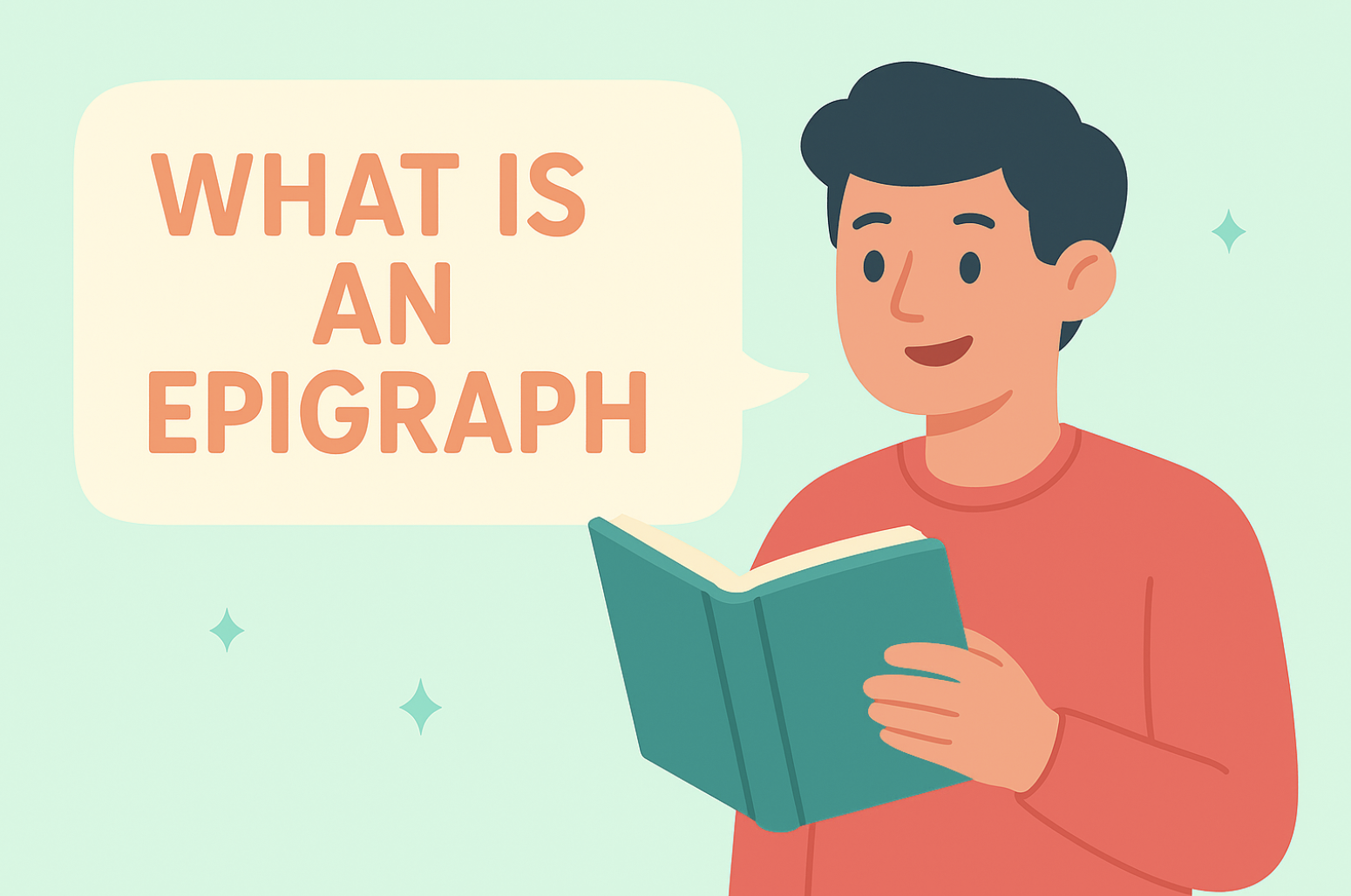In the art of writing fiction, striking the right balance between plot and character is akin to a tightrope walk, where even the slightest misstep can lead to a story that feels either too driven by events or overly introspective. The plot, the backbone of any narrative, propels the story forward through a series of events and actions, leading to a climax and eventual resolution. Characters, on the other hand, breathe life into the story, providing depth, emotion, and relatability through their personalities, motivations, and growth. The challenge for writers is to balance character with plot in such a way that they enhance and complement each other, ensuring that the narrative remains engaging and cohesive from start to finish.
This delicate equilibrium can be observed in the dichotomy between plot-driven and character-driven stories. Plot-driven narratives are often marked by a fast-paced series of events and external conflicts that keep the reader on the edge of their seat, while character-driven tales prioritize the inner journey, evolution, and relationships of the protagonists, often using these elements as the primary drivers of the story. However, the most compelling narratives are those that manage to blend these approaches, creating a rich tapestry where the plot and characters are so interwoven that one cannot exist without the other.
The thesis of this discussion revolves around the assertion that the key to crafting engaging and memorable stories lies in the writer’s ability to balance plot and character adeptly. This balance not only ensures a dynamic and moving forward narrative but also deepens the reader’s investment in the characters and their journeys, making the story resonate on a more profound level.
Understanding Plot and Character
At its core, the plot is the sequence of events that unfold within a story, structured in a way that entices the reader to continue turning the page. It’s the engine of the narrative, propelling the story from the initial setup through rising action, climax, and falling action, to the resolution. The significance of the plot in fiction cannot be overstated; it is the framework upon which the story is built, providing direction and momentum. A well-crafted plot ensures a clear, engaging, and coherent journey for both the characters and the readers, filled with challenges, conflicts, and eventual resolutions that keep the narrative moving forward.
Key Plot Points and Plot Advancement
Plot points are the significant events that alter the course of the story, creating turns in the narrative that heighten tension and intrigue. These include the inciting incident that sets the story in motion, mid-point reversals that challenge the characters in unexpected ways, and the climax where tensions reach their peak. Plot driven stories, then, are the progression from one plot point to the next, driven by the characters’ actions and decisions, leading to the ultimate resolution. This advancement is crucial for maintaining the reader’s interest and ensuring a dynamic and evolving narrative.
How Plot Drives the Story Forward
A plot driven story features a series of conflicts and challenges that the characters must navigate. This forward motion is achieved through a series of cause-and-effect relationships, where each event leads logically to the next, propelled by the characters’ responses to each situation. It’s this continuous movement and the anticipation of what will happen next that keeps the audience engaged, making the plot an essential component of storytelling.
Character Development: Definition and Importance
Character development refers to the process through which characters evolve throughout the story, influenced by their experiences, any internal conflict, challenges, and interactions. This evolution is critical to creating depth and relatability, transforming characters from mere figures in the story to complex beings with whom readers can empathize. Effective character development involves a clear understanding of the characters’ personality traits, motivations, and internal conflicts, which drive their actions and decisions within the plot.
Main Characters: Personality Traits, Motivations, and Internal Conflicts
Main characters influence the plot. They are the heart of any story, and their personality traits, motivations, and internal conflicts are what make them compelling and memorable. Personality traits define a character’s behavior and reactions to different situations, while motivations—what the characters desire or strive for—drive their actions within the plot. Internal conflicts, the struggles within a character’s mind, add layers of complexity, making characters more human and relatable. These elements are crucial for creating characters that are not just participants in the story but are the story themselves.
How Characters’ Goals and Actions Influence the Plot
Characters’ goals and actions are the primary means through which the plot advances. Each decision a character makes or action they take can lead to new challenges, conflicts, or resolutions within the story, influencing the direction and pace of the plot. This interplay between character and plot ensures that the narrative remains engaging and dynamic, as the plot is shaped by the characters’ journeys and, in turn, influences their development. In essence, characters are the catalysts for plot progression, with their goals and actions driving the story forward and weaving the intricate tapestry of the narrative.
The Challenge of Balancing Plot and Character
Balancing plot and character within a narrative is a nuanced endeavor that presents a unique set of challenges for writers. This balancing act requires a deep understanding of the story’s driving forces and a keen awareness of how each element influences the other. The difficulty lies not only in developing a compelling plot and multi-dimensional characters but also in ensuring that these elements complement each other to enhance the overall narrative.
Common Challenges in Balancing Plot and Character
One of the primary challenges writers face is ensuring that the plot and character development progress at a harmonious pace. There’s a risk of the plot overshadowing character development, where characters become mere pawns to the plot’s demands, losing the depth and complexity that make them relatable to readers. Conversely, an overemphasis on character introspection can stall the plot, making the story feel sluggish and directionless. Striking the right balance requires a delicate interplay between advancing the plot and allowing characters the space to grow and evolve.
Writers also grapple with integrating character-driven motivations with plot-driven events. Each character’s actions and decisions must feel authentic and true to their development while also serving the larger narrative. Crafting scenarios where plot and character motivations naturally intersect can be challenging, as it demands a thorough understanding of both the characters’ internal landscapes and the story’s external demands.
Tendency Toward Plot-Driven or Character-Driven Stories
Writers often have a natural inclination toward either plot-driven or character-driven storytelling, influenced by personal writing style, genre preferences, and storytelling objectives. Plot-driven writers focus on crafting a tight, event-driven narrative, where the sequence of events primarily drives the story. In contrast, character-driven writers delve into the psychological and emotional landscapes of their characters, with personal growth and relationships taking precedence over external events.
This predisposition can lead to an imbalance, where one element may dominate at the expense of the other. Recognizing and acknowledging this tendency is the first step toward achieving a more balanced narrative.
Impact of Imbalance on Reader Engagement and Story Coherence
An imbalance between plot and character can significantly impact reader engagement and the overall coherence of the story. A plot-heavy narrative might deliver thrills and excitement but can leave readers feeling disconnected from the characters, reducing the story’s emotional impact. On the other hand, a narrative that focuses too heavily on character development at the expense of plot progression can lead to a story that feels aimless and meandering, struggling to hold the reader’s interest.
Moreover, an imbalance can disrupt the story’s coherence, making the narrative feel disjointed or fragmented. Without a clear connection between the characters’ journeys and the unfolding events, the story can lack a sense of purpose and direction, undermining the narrative’s overall effectiveness.
Addressing these challenges requires a conscious effort to weave plot and character together in a way that each enhances and informs the other. By doing so, writers can create rich, engaging narratives that captivate readers with both compelling events and deeply drawn characters, making the story resonate on multiple levels.
Your Publishing Journey Awaits – Start NowStrategies for Balancing Plot and Character Development
Achieving a harmonious balance between plot and character development is crucial for crafting compelling narratives. This balance ensures that the story remains engaging, with characters that resonate with readers and a plot that keeps them intrigued. Below are strategies and techniques that writers can employ to weave character development seamlessly into the plot, ensuring that both elements support and enhance each other.
Ensuring Character Development Moves the Story Forward
- Character-Driven Decisions: Ensure that key plot developments stem from characters’ decisions and actions. This approach not only advances the plot but also deepens character development by highlighting characters’ motivations and growth.
- Evolution Through Challenges: Design plot challenges specifically tailored to push characters out of their comfort zones, prompting growth. This technique ensures that as the plot advances, character development is a natural byproduct, enriching the narrative.
- Reactive and Proactive Characters: Balance characters’ reactive actions (to plot events) with proactive decisions (that drive new plot events). This dynamic keeps the plot moving and showcases character agency, making the story more engaging.
Integrating Character Arcs with Plot Points
- Alignment with Plot Milestones: Align key moments in a character’s arc with major plot points, such as the inciting incident, climax, or resolution. This integration ensures that character growth is both a cause and effect of plot progression, creating a cohesive narrative.
- Contrast and Conflict: Use contrasts between characters’ goals or values and the obstacles they face at plot points to highlight their growth or struggles. This not only advances the plot but also deepens the reader’s understanding of the character.
- Parallel and Intersecting Arcs: Craft parallel or intersecting character arcs that converge at critical plot points. This technique can amplify the impact of these moments, making both the plot and character development more compelling.
Using Internal and External Conflicts to Develop Characters and Advance the Plot
- Internal Conflicts as Plot Catalysts: Use characters’ internal conflicts to drive them into situations that advance the plot. For example, a character’s fear of failure might propel them into a risky situation that becomes a key plot point.
- External Conflicts Reflecting Internal Struggles: Design external conflicts that mirror or exacerbate characters’ internal struggles. This approach not only moves the plot forward but also forces characters to confront their inner demons, facilitating deep character development.
- Resolution Through Growth: Ensure that the resolution of major plot points often requires character growth or a change in perspective. This strategy makes the plot’s advancement dependent on character development, intertwining the two.
Examples of Main Characters’ Actions Driving the Plot
- A protagonist’s deep-seated fear of abandonment might lead them to make a drastic decision that propels the story into its next major conflict, simultaneously revealing the depth of their insecurity and pushing the plot forward.
- A character’s desire for revenge can serve as a powerful motivator, driving the plot through a series of actions and decisions. As they pursue their goal, each step can reveal new facets of their personality and past, enriching the character’s development and advancing the plot.
- A leader’s decision to protect their community at all costs can initiate a series of events that become the central plot, showcasing their leadership qualities, moral values, and the personal sacrifices they’re willing to make. These actions not only move the story forward but also offer a profound look into the character’s core beliefs and motivations.
By employing these strategies, writers can craft narratives where plot and character development are so interwoven that each element propels the other forward, creating a rich and engaging story that resonates deeply with readers.
The Interplay Between Characters and Plot
The dynamic relationship between characters and plot is the cornerstone of compelling storytelling. This interplay is a delicate dance where each step by a character influences the plot’s direction, and each twist in the plot, in turn, shapes the characters. Understanding this symbiosis is crucial for writers aiming to craft narratives that resonate with depth and authenticity.
Characters Influencing Plot Development
Characters, especially main ones, are often the primary drivers of plot development. Their decisions, actions, and growth can initiate new plot threads, resolve existing conflicts, or pivot the story in unexpected directions. For instance, a protagonist’s choice to confront their fear might lead to the discovery of a crucial piece of information, propelling the narrative toward a new objective. Conversely, an antagonist’s actions can introduce obstacles, heightening the stakes and forcing the protagonist and supporting characters to adapt, thereby advancing the plot.
Plot Influencing Character Development
Plot events serve as catalysts for character development, pushing characters beyond their limits and prompting introspection, growth, or regression. A significant plot twist can reveal hidden facets of a character’s personality or challenge their beliefs, contributing to their arc. For example, a betrayal by a trusted ally (a plot event) can lead to a profound transformation in the protagonist, affecting their trust, relationships, and approach to future challenges.
Roles of Characters in Shaping the Narrative
- Protagonist: The central figure around whom the story revolves, the protagonist’s goals and journey are often synonymous with the plot itself. Their responses to challenges, growth, and ultimate success or failure drive the narrative forward.
- Antagonist: Serving as the foil to the protagonist, the antagonist’s actions create conflict and obstacles, shaping the plot’s trajectory. Their motivations and strategies introduce complexity, enriching the narrative.
- Supporting Characters: These characters enrich the story’s world, provide depth to the protagonist’s journey, and can influence the plot in pivotal ways. Their interactions with the main characters can lead to critical plot developments and twists.
Character Relationships and Conflicts Contributing to Plot Twists and Tension
The relationships and conflicts between characters are fertile ground for generating plot twists and building tension. A sudden shift in a relationship, such as an alliance turning into a rivalry, can drastically alter the story’s direction. Conflicts, whether internal within a character or external between characters, create tension and uncertainty, driving the narrative forward. These dynamics can lead to unexpected alliances, betrayals, and resolutions that keep readers engaged.
Creating Moments Where Character Decisions Lead to Significant Plot Advancements
Crafting moments where character decisions have a profound impact on the plot involves careful setup and understanding of the characters’ motivations and the story’s stakes. These pivotal moments often occur at critical junctures, such as the story’s climax, where the protagonist must make a choice that embodies their growth and resolves the central conflict. For example, a protagonist might decide to sacrifice their own desires for the greater good, leading to the plot’s resolution. These decisions should feel earned and reflective of the character’s journey, providing a satisfying progression of both plot and character development.
Mastering the Harmony: Crafting Engaging Narratives
The journey of crafting a narrative is a delicate balancing act between plot and character development, a dance where each step and turn matters. Through the exploration of strategies, challenges, and genre considerations, it’s clear that neither plot nor character can stand alone in the creation of compelling stories. Like two sides of the same coin, they are intrinsically linked, each enhancing and elevating the other to create narratives that resonate deeply with readers.
If you’ve brought your book to its final flourish and are ready to share it with the world, Spines is your next step. Embrace the future of publishing with Spines, where our AI-driven platform transforms your writing journey. From meticulous editing and proofreading to captivating cover design, and from seamless distribution to strategic marketing across all channels and platforms, Spines ensures your book transcends the ordinary.
FAQs – Balancing Plot and Character
Q: What is plot?
The plot is the sequence of events that make up a story. It includes the beginning, middle, and end, and focuses on the challenges and resolutions that drive the narrative. It provides the structure that supports the characters and their journey. The plot is essential to shaping the story’s pacing and flow.
Q: How do you identify a plot?
Identifying a plot involves recognizing the main events that create the story’s structure. It starts with an introduction, develops conflict or challenges, and leads to a resolution. Pay attention to the protagonist’s journey and how conflicts are resolved. The plot often follows a clear pattern, like exposition, rising action, climax, and resolution.
Q: Is character more important than plot?
The importance of character versus plot depends on the type of story you’re telling. In character-driven stories, the depth and growth of characters are central. In plot-driven stories, events take precedence. Both elements are crucial, but their balance varies depending on the narrative’s focus.
Q: Can a story be both plot and character driven?
Yes, many stories blend both plot and character elements. In such stories, the plot challenges the characters, and the characters’ decisions shape the progression of events. This creates a balanced narrative, where character growth and action are equally important in driving the story forward.
Q: What are the 5 characteristics of a plot?
The five key characteristics of a plot are exposition, rising action, climax, falling action, and resolution. Exposition introduces the setting and characters, while rising action builds tension. The climax is the turning point, followed by falling action, which leads to the resolution, where loose ends are tied up.
Q: How do characters contribute to a plot?
Characters are the driving force behind the plot. Their actions, decisions, and growth shape the direction of the story. They create conflict, make choices, and react to challenges, which propel the plot forward. Strong characters make a plot more engaging and relatable to the audience.
Q: What is the relationship between character and plot?
Character and plot are interdependent. The plot provides the structure in which characters exist and grow, while characters’ decisions and actions directly impact the course of the plot. Together, they create a dynamic and compelling narrative, with the plot shaping the characters’ journeys and vice versa.







